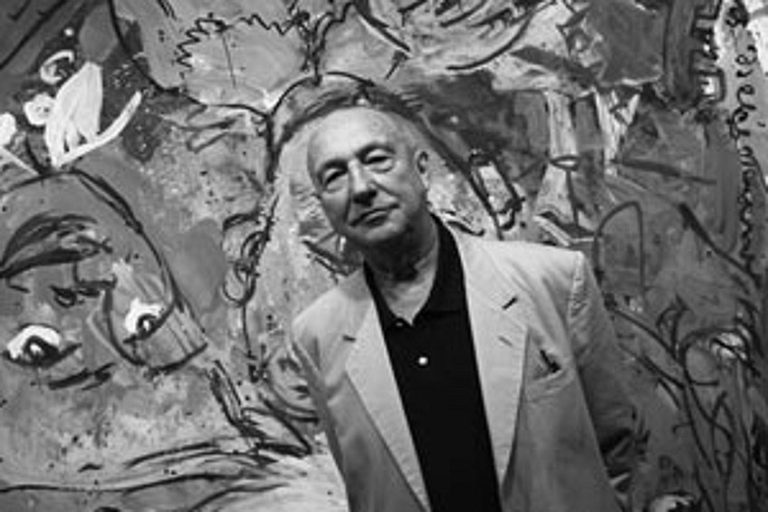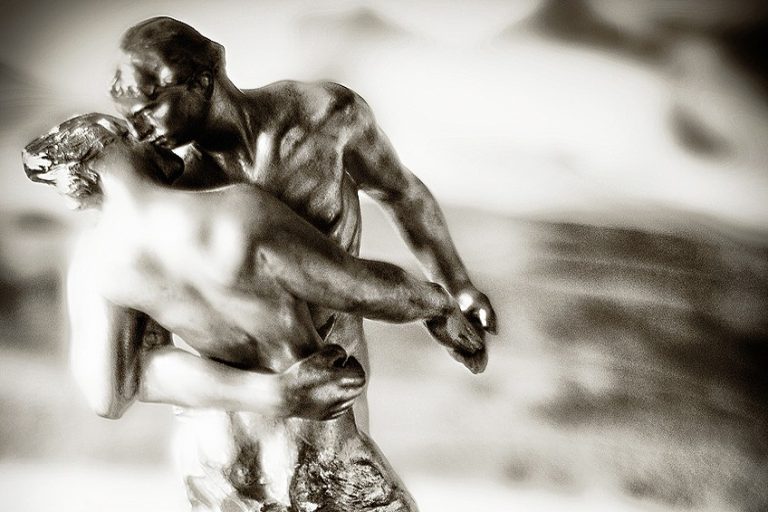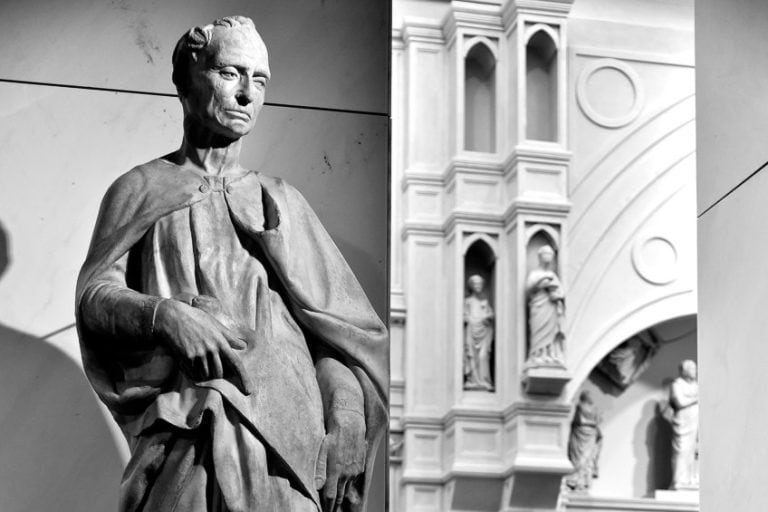Benjamin West – The Master of Historical Painting
Benjamin West, a prominent figure in 18th-century American and British art, left an indelible mark on the art world with his innovative approach and timeless masterpieces. Born in 1738 in Pennsylvania, West displayed exceptional artistic talent from a young age, eventually becoming one of the first American artists to achieve international acclaim. His unique blend of historical themes, classical techniques, and emotional depth revolutionized the art scene of his time. Join us as we delve into the life, works, and enduring legacy of Benjamin West, a visionary artist whose contributions continue to inspire generations of art enthusiasts worldwide.
Table of Contents
Key Takeaways
- Benjamin West gained prominence as an American artist in England, painting historical subjects in the Neoclassical and Romantic styles.
- He served as historical painter to King George III and succeeded Sir Joshua Reynolds as the president of the Royal Academy.
- West’s influence on the development of historical painting in Britain and his mentoring shaped many American and British artists’ techniques and styles.
Early Life and Education
| Birth | October 10, 1738 |
| Death | March 11, 1820 |
| Place of Birth | Springfield, Province of Pennsylvania, British America |
| Genre of Work | History painting and portrait painting |
Benjamin West holds a significant place in art history as a transatlantic figure whose work bridged the cultural divides of the 18th century. Born in Pennsylvania in 1738, he emerged from humble beginnings to become the first American painter to gain international acclaim. Establishing his career in England, his talent quickly garnered the patronage of King George III and elevated him to a position of artistic influence.
West’s historical paintings, which include famous works like The Death of General Wolfe, exhibit a unique blend of Neoclassical and Romantic styles that was groundbreaking for his time.
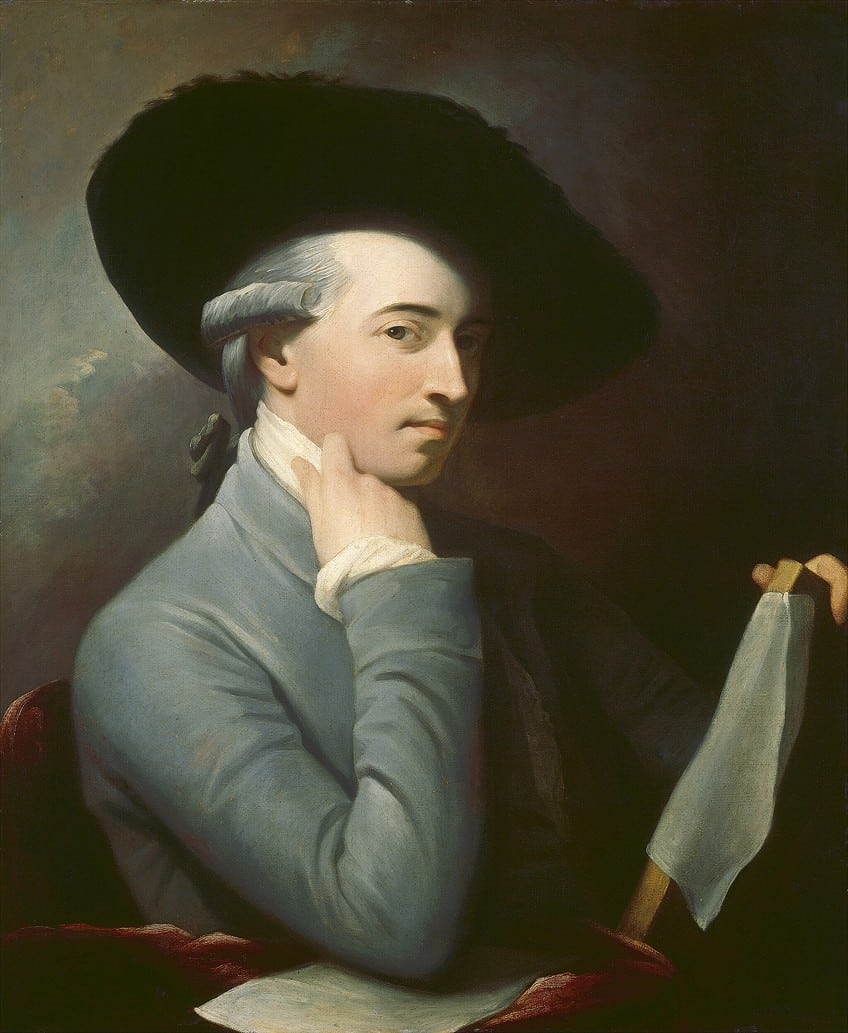
As a historical painter, he was fascinated by the capacity of art to immortalize the pivotal moments and figures of the age. West became an influential force, shaping the future of academic painting. His efforts as a founding member of the Royal Academy and its president after Sir Joshua Reynolds allowed him to mentor the next generation of artists. His deep connections with both American and British cultural milieus and his significant artistic contributions continue to make him an essential figure for studies of transatlantic art movements.
Early Influence and Self-Taught Beginnings
Born on October 10, 1738, in Springfield, Pennsylvania, Benjamin West was the tenth child in a family with an innkeeper father. The bustling environment of their inn, situated on a busy route between Philadelphia and Chester, exposed him to a diversity of guests and conversations from a young age.
West’s upbringing in Pennsylvania was devoid of formal art education, making him predominantly an autodidact.
He displayed a remarkable aptitude for art as a child, utilizing rudimentary materials such as chalk, charcoal, and juice from berries to create his early works. His talent did not go unnoticed, earning the support of local patrons who supplied him with basic art materials.
European Education and Grand Tour
West’s artistic promise eventually led him to leave Pennsylvania. In 1760, he moved to Italy, immersing himself in the study of Italian masters and classical art. Here, Elizabeth Shewell, his future wife, joined him from Philadelphia. During his Grand Tour of various European cities, West honed his skills and deepened his understanding of art, history, and culture.
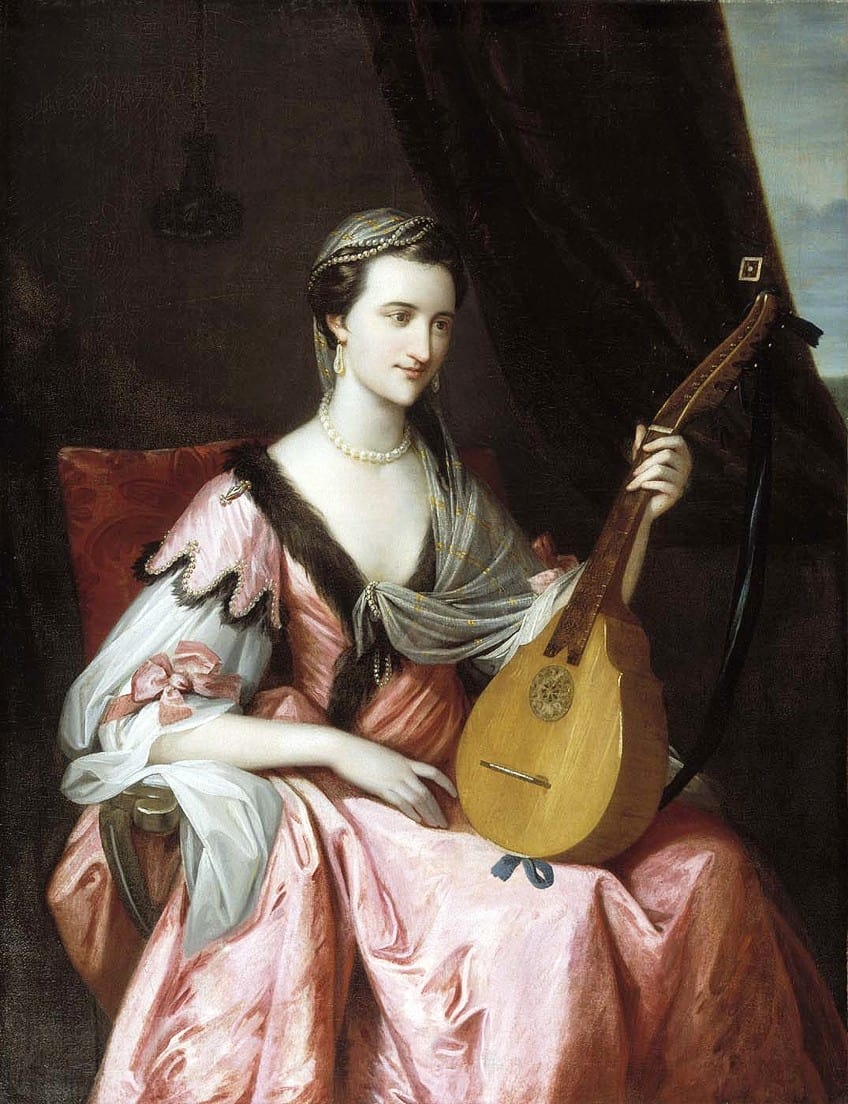
Italy was pivotal to West’s development as a painter. Not only did it expose him to the works of Renaissance masters, but it also connected him to a network of influential art patrons. This period significantly refined West’s painting style and broadened his thematic range, setting a strong foundation for his historical and religious compositions.
Major Works and Artistic Style
Benjamin West was a seminal figure in the development of history painting, elevating the genre through his use of Neoclassical style to depict monumental events. His works, such as The Death of General Wolfe, broke from tradition and became iconic examples of American and European art.
History Painting
West’s contributions to history painting are exemplified in works like The Death of General Wolfe, which marked a departure from classical restraint towards a more emotive portrayal of contemporary history. This painting, displayed at the Royal Academy in 1771, was revolutionary for its use of contemporary dress instead of classical clothing.
The Death of Socrates reflects West’s interest in classical themes and illustrates his adherence to the principals of Neoclassical style, with strong emphasis on moral virtue and stoicism.

Another notable work, Death on the Pale Horse, demonstrates West’s ability to convey apocalyptic themes with grandeur and dramatic intensity. This painting showcases his skill in composition, drawing the viewer’s eye across the broad canvas and into the tumultuous scene of the Four Horsemen.
Portraits and Religious Subjects
Benjamin West also made significant contributions to portraiture and religious subjects. His religious paintings, such as Christ Healing the Sick, were influenced by his neoclassical style, focusing on simplicity and clarity to evoke profound spiritual messages.
West’s portrait work, although less emphasized in comparison to his historical pieces, showcased his versatility and command of the medium, often depicting notable figures of his time with a dignified realism.
Relationships and Recognition
Benjamin West’s ascent in the art world was greatly influenced by the patronage he received and the honors his work garnered. His interactions with influential figures and institutions in London and New York were pivotal to his recognition.
Patronage and Support
West’s early talent in painting was cultivated through support from his family and local sponsors in Pennsylvania. After relocating to London, he secured substantial patronage from the nobility. West received significant encouragement from Sir Joshua Reynolds, who was the leading painter in Britain and the first president of the Royal Academy of Art.
Notably, King George III became one of West’s most important patrons, appointing him historical painter to the monarch.

This royal patronage elevated West within the artistic and social ranks of Britain and allowed him the means to paint grand historical narratives. Collaborations with other artists, such as Angelica Kauffman and John Trumbull, also played a role in his journey. He was also known to share a connection with Benjamin Franklin; both held prominent positions within their respective fields.
Honors and Memorials
In recognition of his artistic contributions, West became the second president of the Royal Academy of Art, succeeding Sir Joshua Reynolds. His presidency was marked by his efforts to establish a national school of art. Despite his American roots, West did not receive a knighthood but was given the title of “Principal Painter in Ordinary to the King,” a prestigious acknowledgment of his impact on British art.
West’s legacy persists through institutions like the Swarthmore College in Pennsylvania, which houses an art gallery honoring its distinguished alumnus.
His works are displayed in major galleries, including New York’s Gallery of Art, showcasing the enduring reverence for his historical paintings. West’s biographer, John Galt, offers insights into his life and the circles he moved in, detailing his relationships with the arts and sciences figures of his time.
Influence and Legacy
Benjamin West’s impact on the art world is tangible through his prestigious roles, the mentorship of prominent artists, and the enduring recognition his works receive today.
Roles and Appointments
West held the notable appointment as Historical Painter to the Court of King George III, painting significant historical scenes that resonated with both British and American audiences. His influence extended within academic circles when he succeeded Joshua Reynolds as the President of the Royal Academy, a position he utilized to advocate for historical painting and academic rigor within the arts.
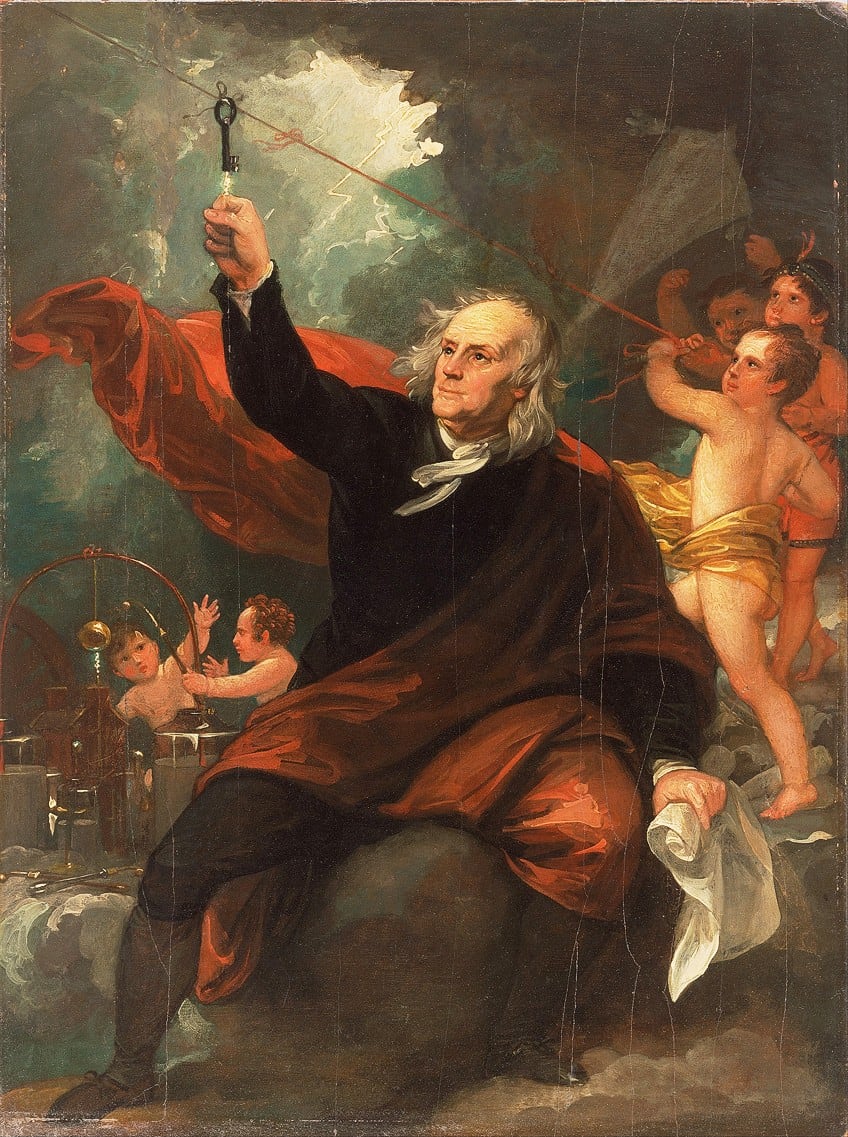
Students and Followers
A constellation of future artistic talent orbited West, with notable students such as Gilbert Stuart, Charles Willson Peale, John Singleton Copley, Washington Allston, and Thomas Sully.
They would carry the techniques and stylistic lessons learned from West and proliferate his influence throughout various art movements and across the Atlantic.
Legacy of Benjamin West Today
Benjamin West’s legacy persists at institutions like the National Gallery, where his works remain a testament to his skill. As an American Artist who found acclaim abroad, he bridged cultural divides and left a profound impact on both European and American art traditions. West’s role in history endures, encapsulating the spirit of an era when art was integral to national identity and historical narration.

Benjamin West’s legacy as a pioneering artist extends far beyond his era, influencing generations of painters and shaping the trajectory of American and British art. His ability to infuse historical narratives with emotional depth and classical techniques set him apart as a visionary in the art world. From his early days in Pennsylvania to his international acclaim in Europe, West’s journey reflects a relentless pursuit of artistic excellence and a commitment to pushing the boundaries of creativity. Today, his works stand as timeless treasures, serving as a testament to his enduring impact on the art landscape. Benjamin West’s artistic legacy continues to inspire and captivate, ensuring his place among the pantheon of great masters in art history.
Frequently Asked Questions
What Are the Notable Achievements of Benjamin West in the Art World?
Benjamin West achieved prominence as a history painter, with works that often explored biblical and historical themes. He was instrumental in the development of Neoclassical art and was appointed historical painter to George III. West’s painting, The Death of General Wolfe, defied the conventions of the time by depicting contemporary figures in modern dress, a revolutionary act in the art world of the 18th century.
How Did Benjamin West Influence Future Generations of Artists?
West’s influence extended beyond his own artworks to his role as a teacher and mentor. He served as the second president of the Royal Academy, where he educated and inspired future artists. His approach to Neoclassical art and history painting paved the way for future movements and remained a touchstone for artists in Britain and abroad.
What Was the Significance of Benjamin West’s Role Within the Royal Academy?
As the second president of the Royal Academy, Benjamin West played a central role in shaping the institution’s direction and the education of British artists. His leadership helped to maintain the Academy’s standards and its emphasis on historical painting. Moreover, his position within the Royal Academy affirmed the importance of American contributions to the European art scene.
Isabella studied at the University of Cape Town in South Africa and graduated with a Bachelor of Arts majoring in English Literature & Language and Psychology. Throughout her undergraduate years, she took Art History as an additional subject and absolutely loved it. Building on from her art history knowledge that began in high school, art has always been a particular area of fascination for her. From learning about artworks previously unknown to her, or sharpening her existing understanding of specific works, the ability to continue learning within this interesting sphere excites her greatly.
Her focal points of interest in art history encompass profiling specific artists and art movements, as it is these areas where she is able to really dig deep into the rich narrative of the art world. Additionally, she particularly enjoys exploring the different artistic styles of the 20th century, as well as the important impact that female artists have had on the development of art history.
Learn more about Isabella Meyer and the Art in Context Team.
Cite this Article
Isabella, Meyer, “Benjamin West – The Master of Historical Painting.” Art in Context. April 12, 2024. URL: https://artincontext.org/benjamin-west/
Meyer, I. (2024, 12 April). Benjamin West – The Master of Historical Painting. Art in Context. https://artincontext.org/benjamin-west/
Meyer, Isabella. “Benjamin West – The Master of Historical Painting.” Art in Context, April 12, 2024. https://artincontext.org/benjamin-west/.







